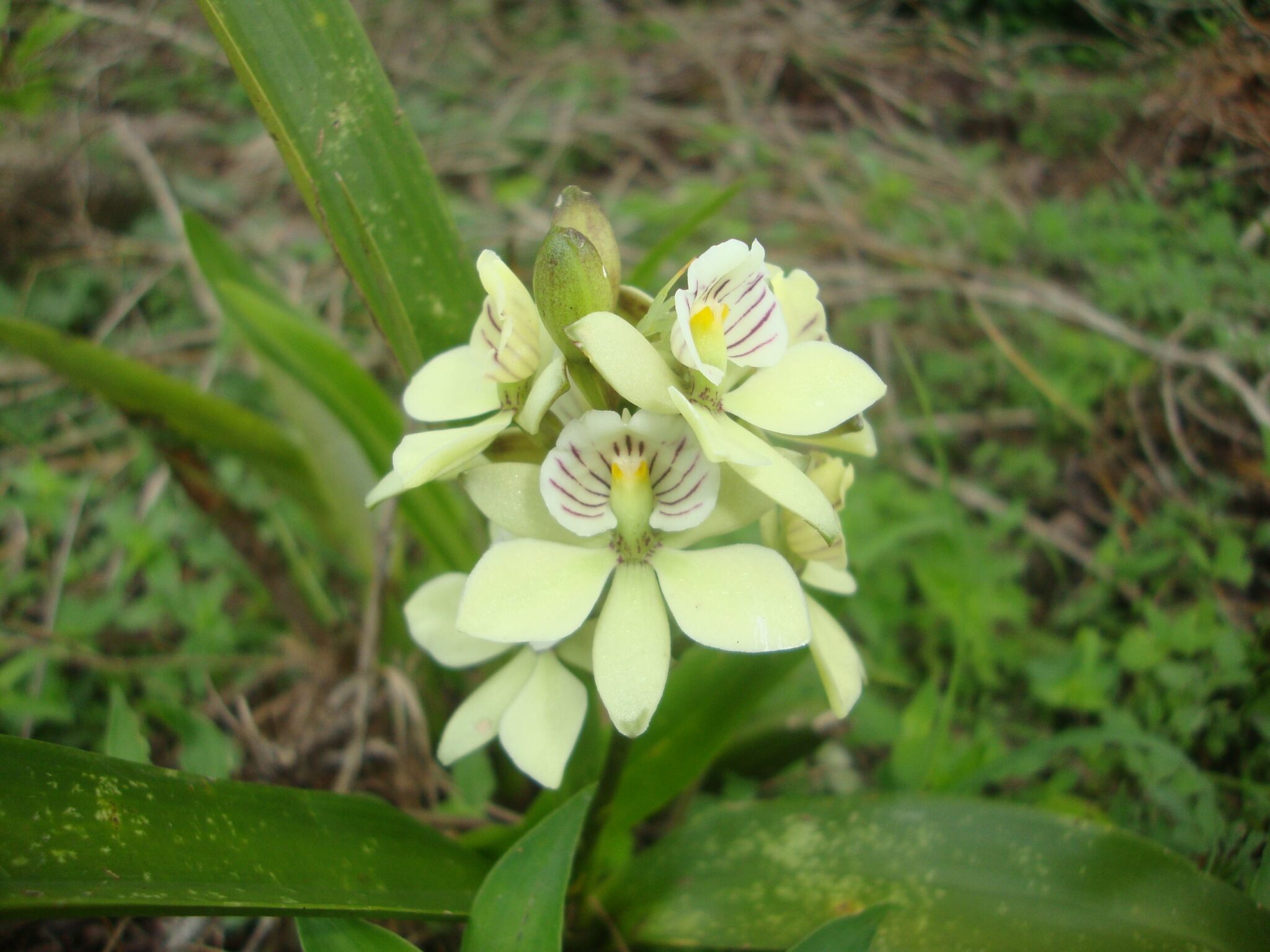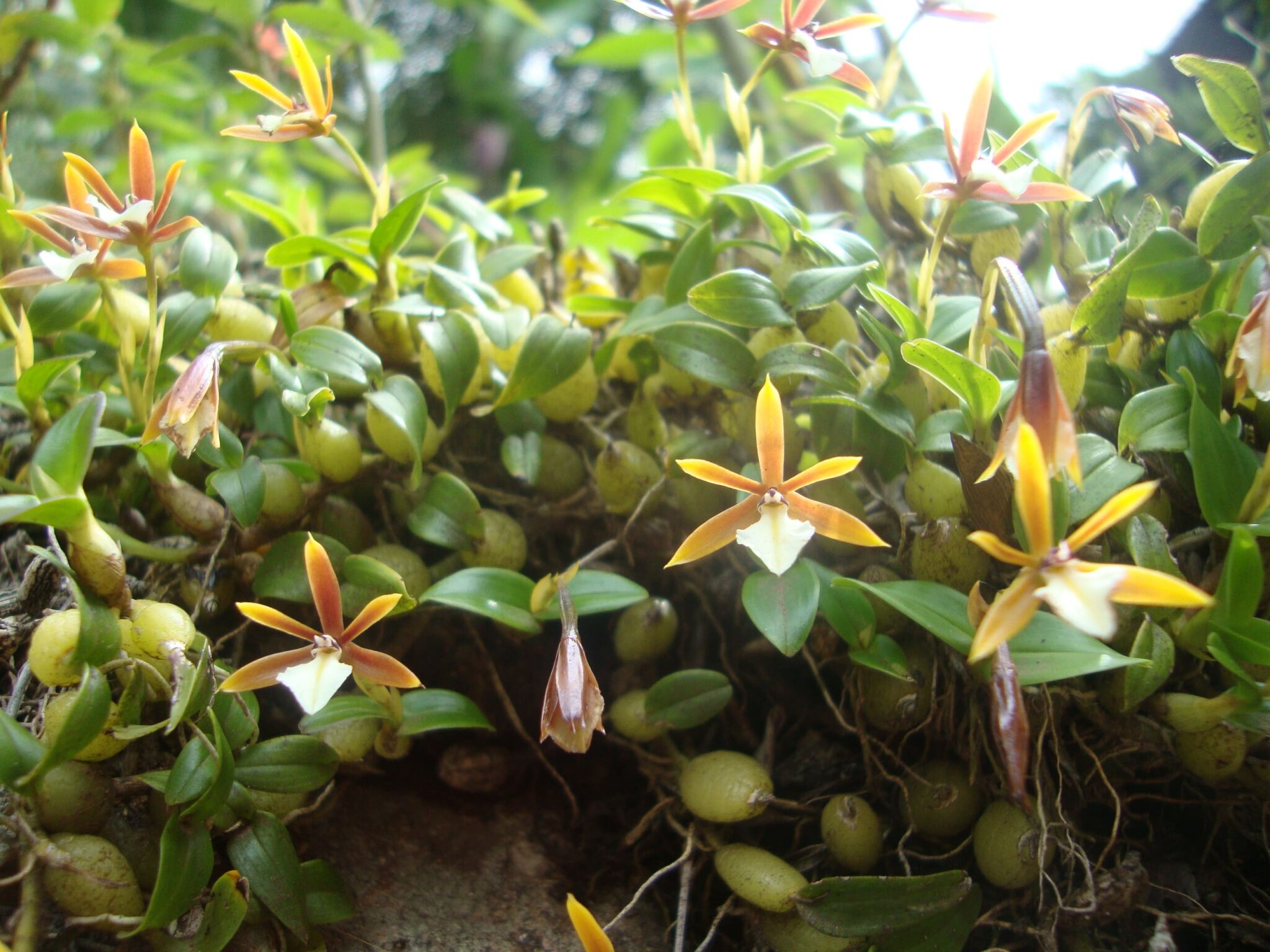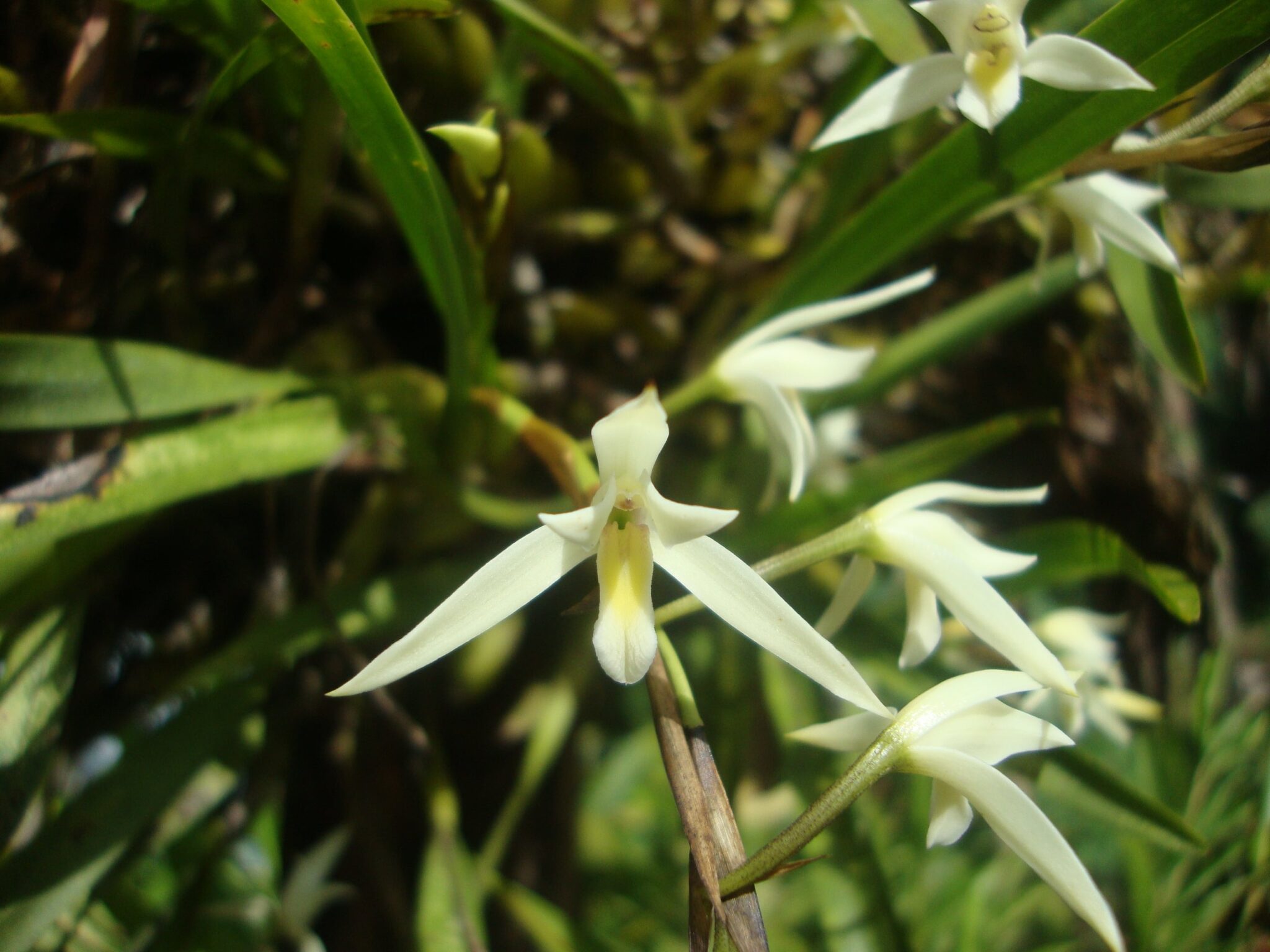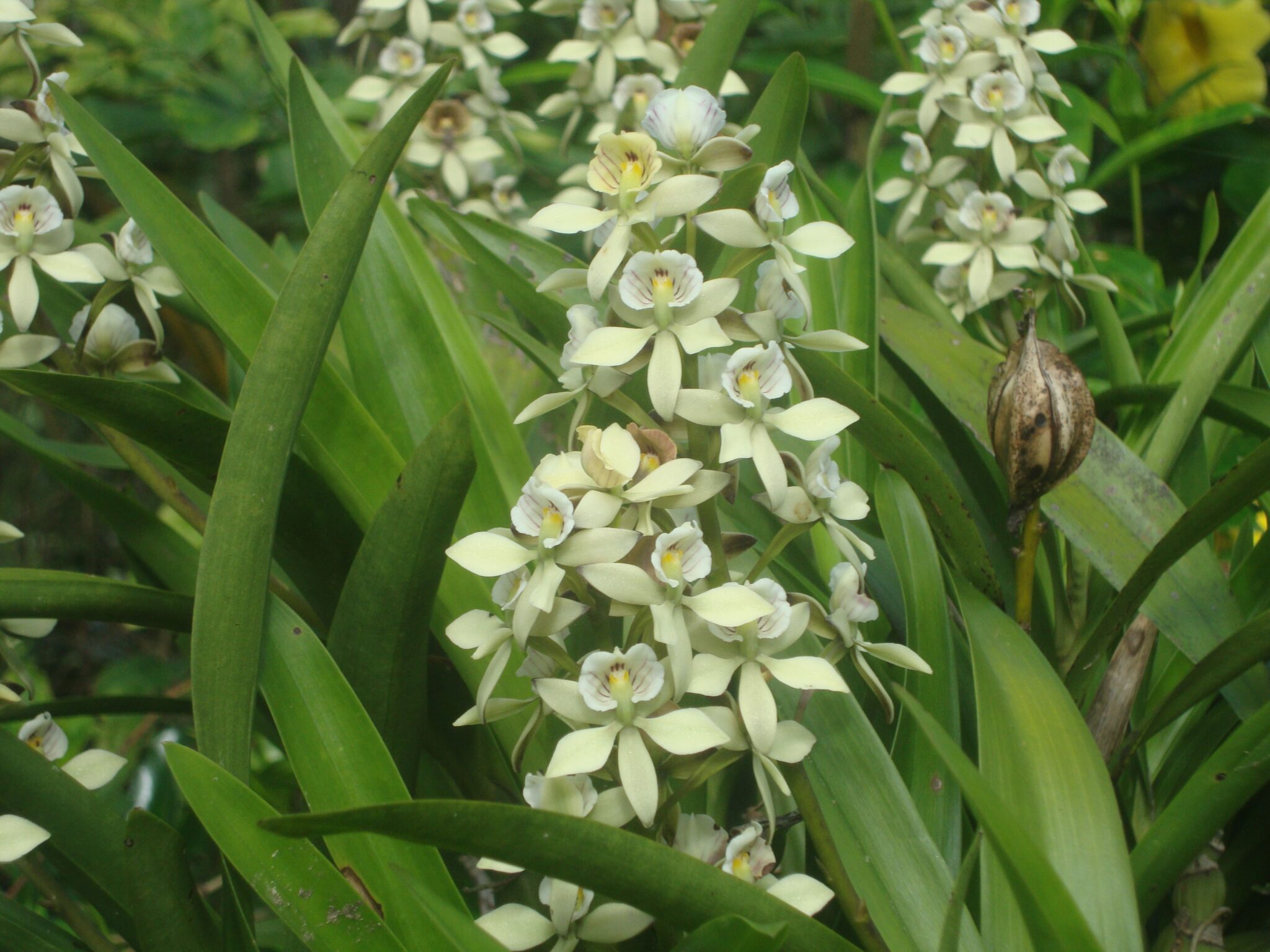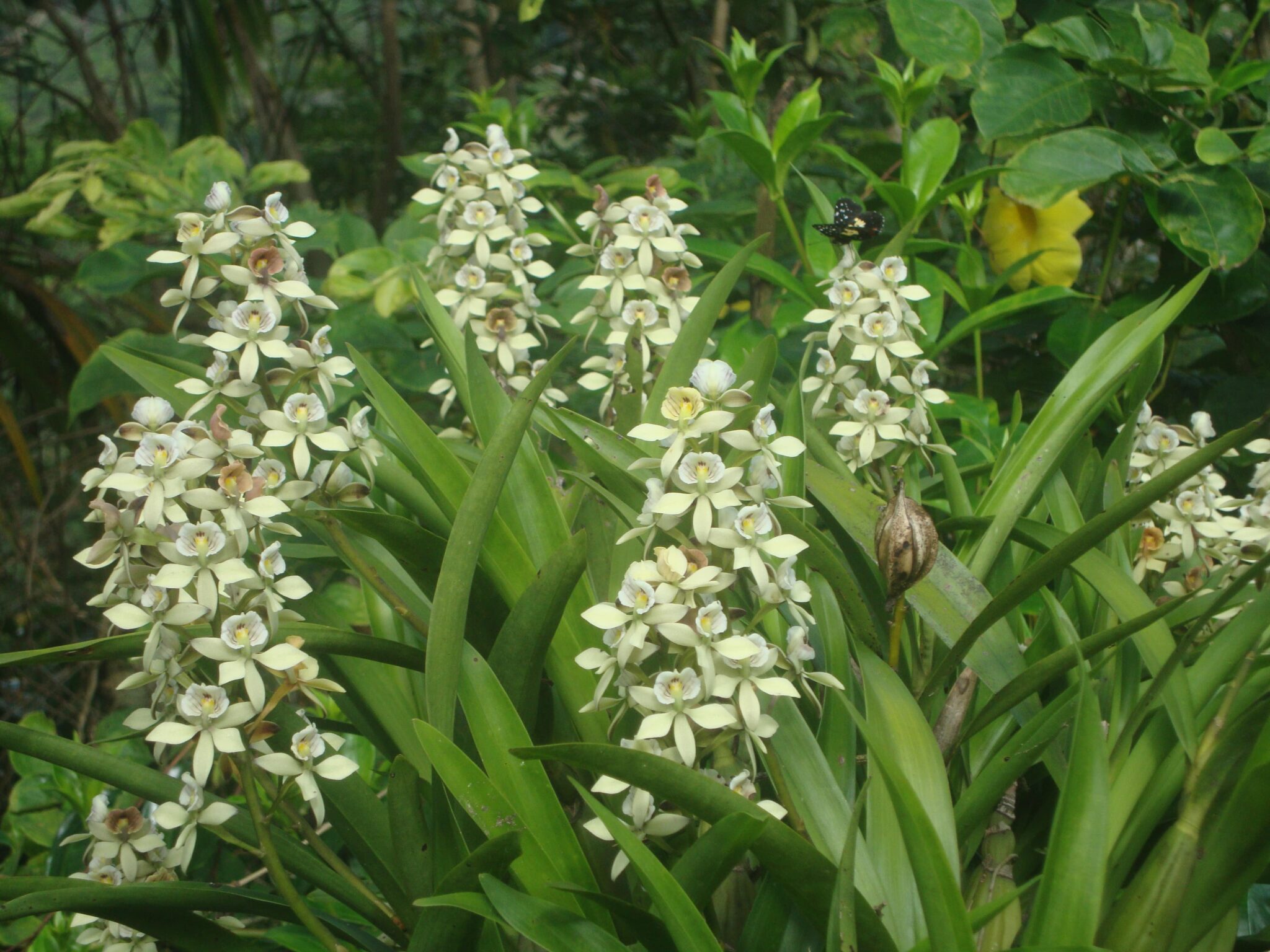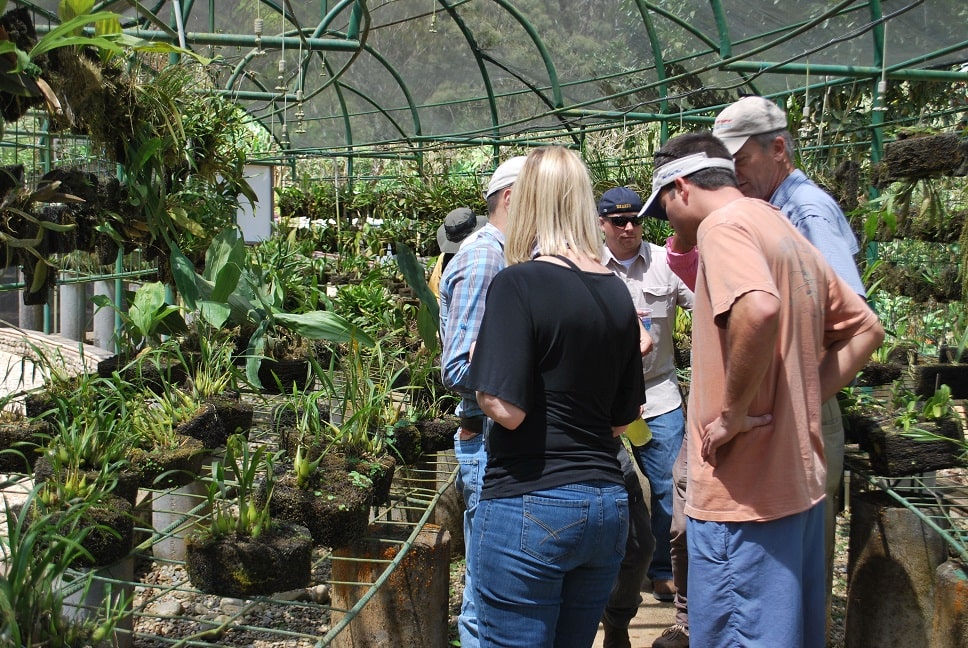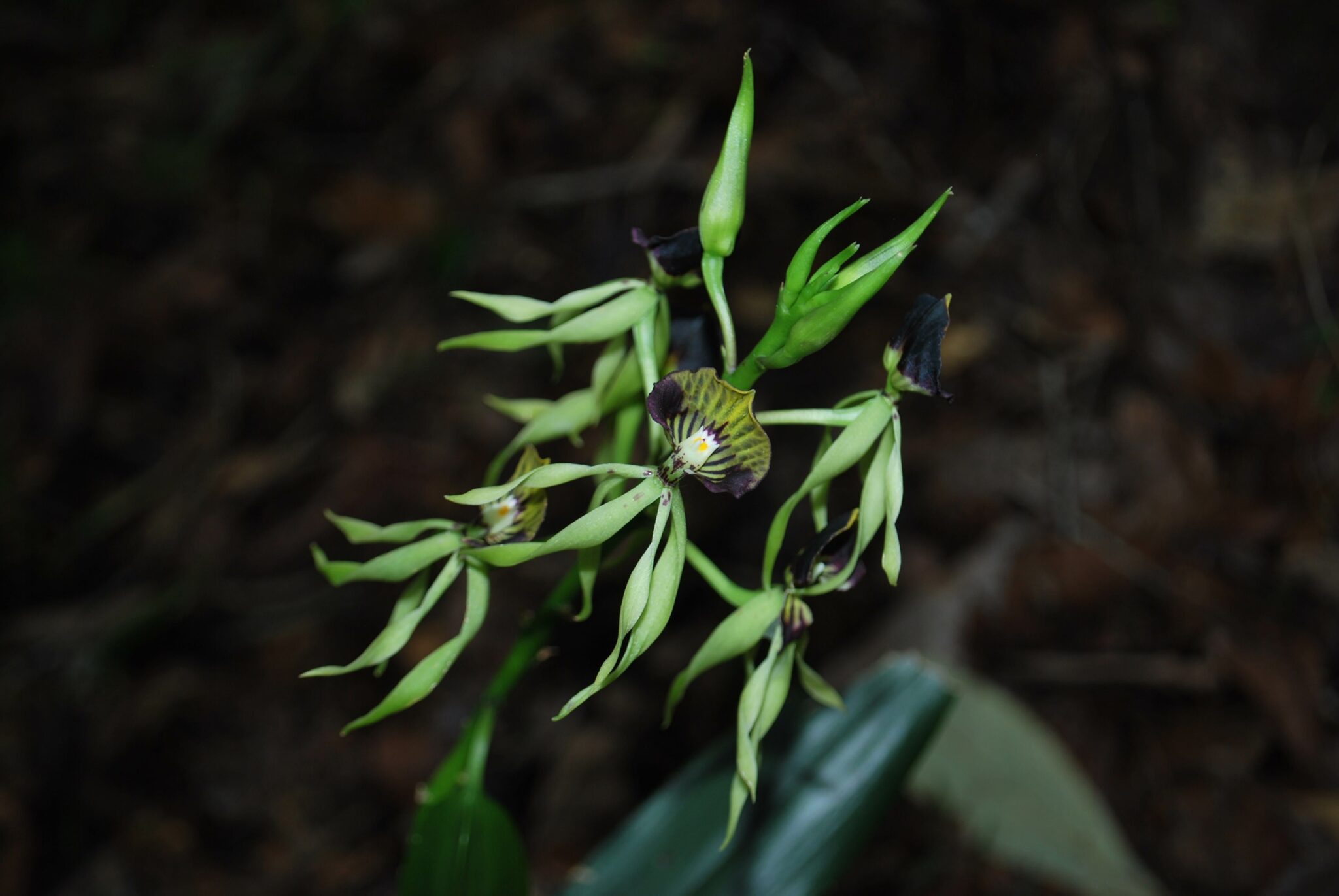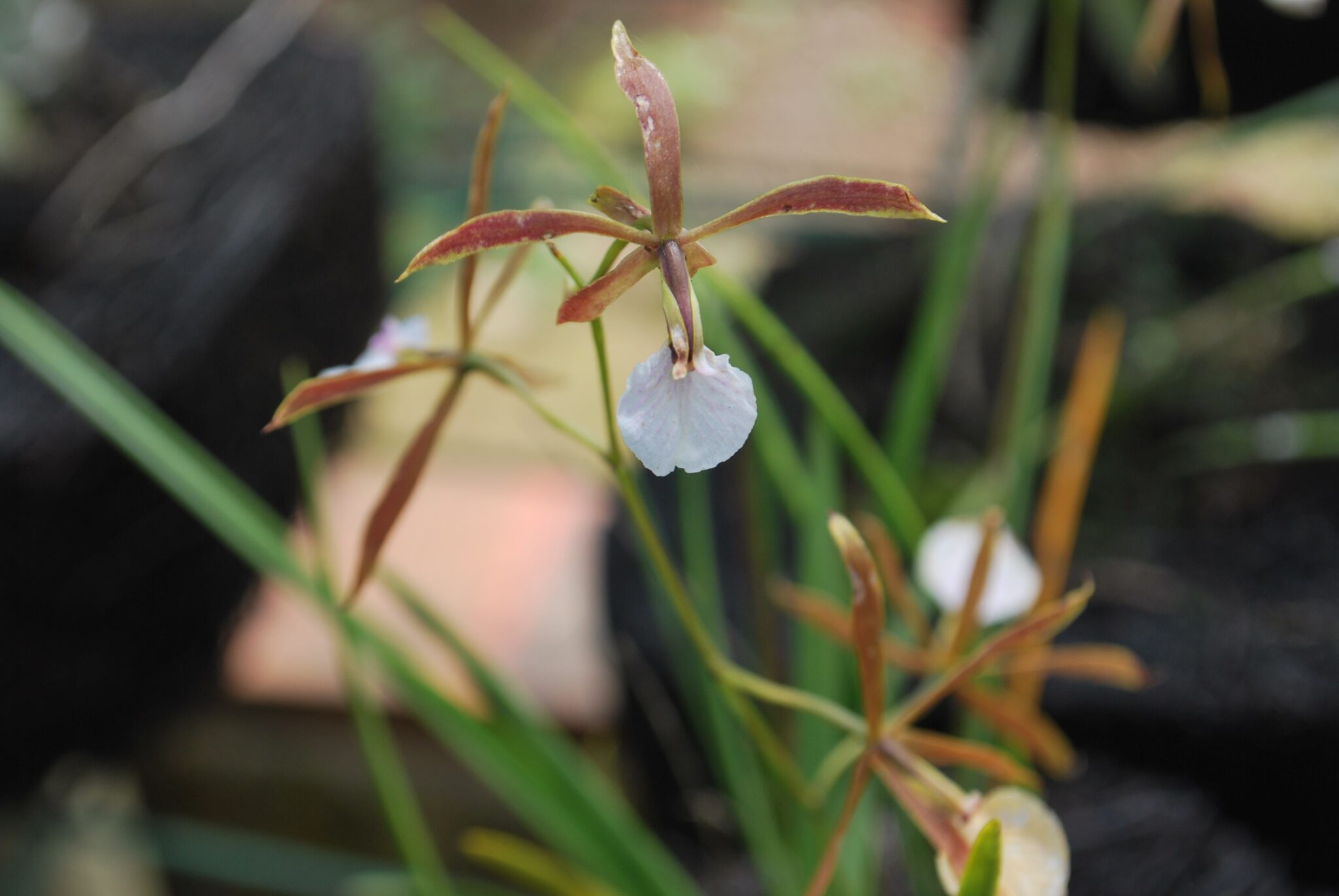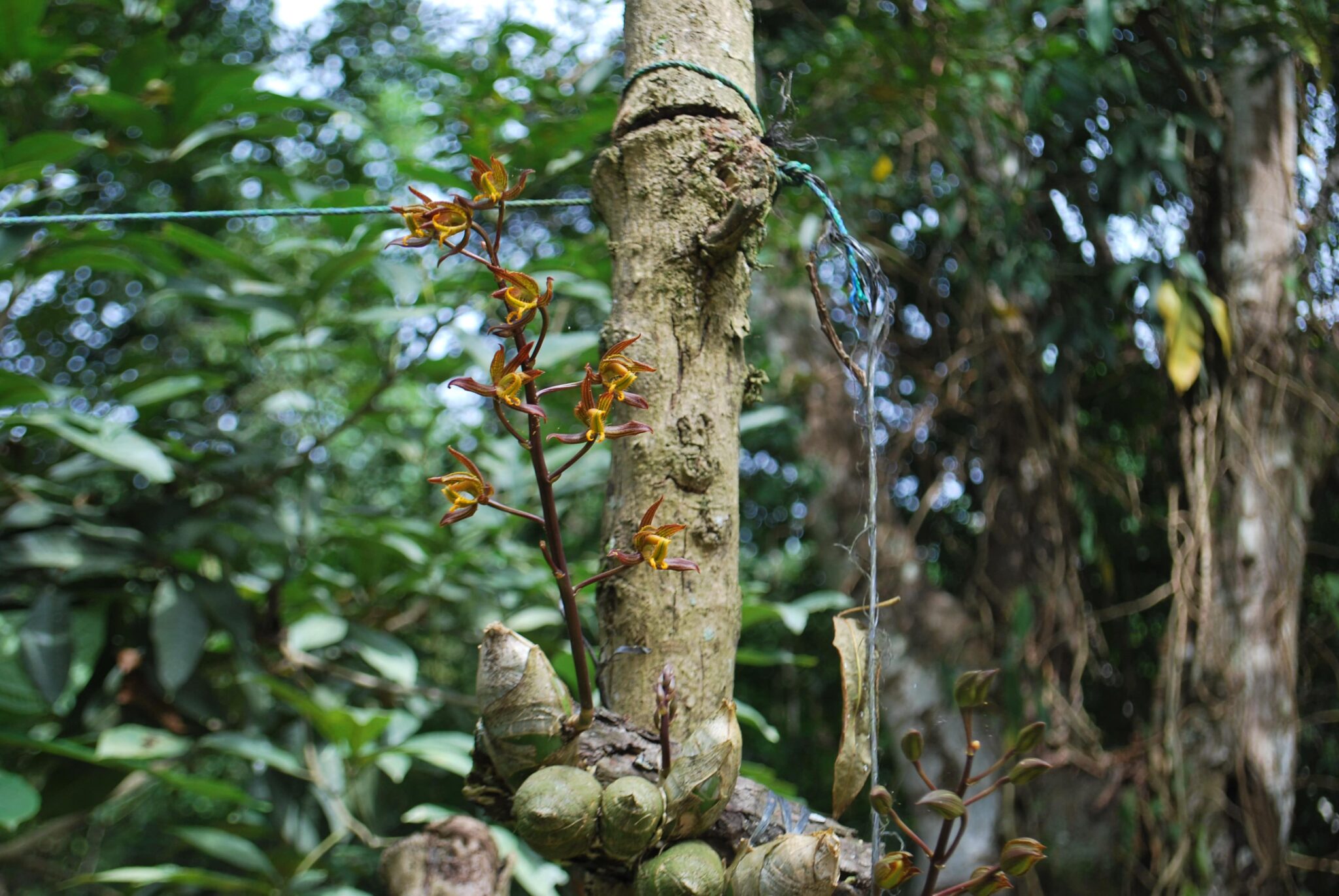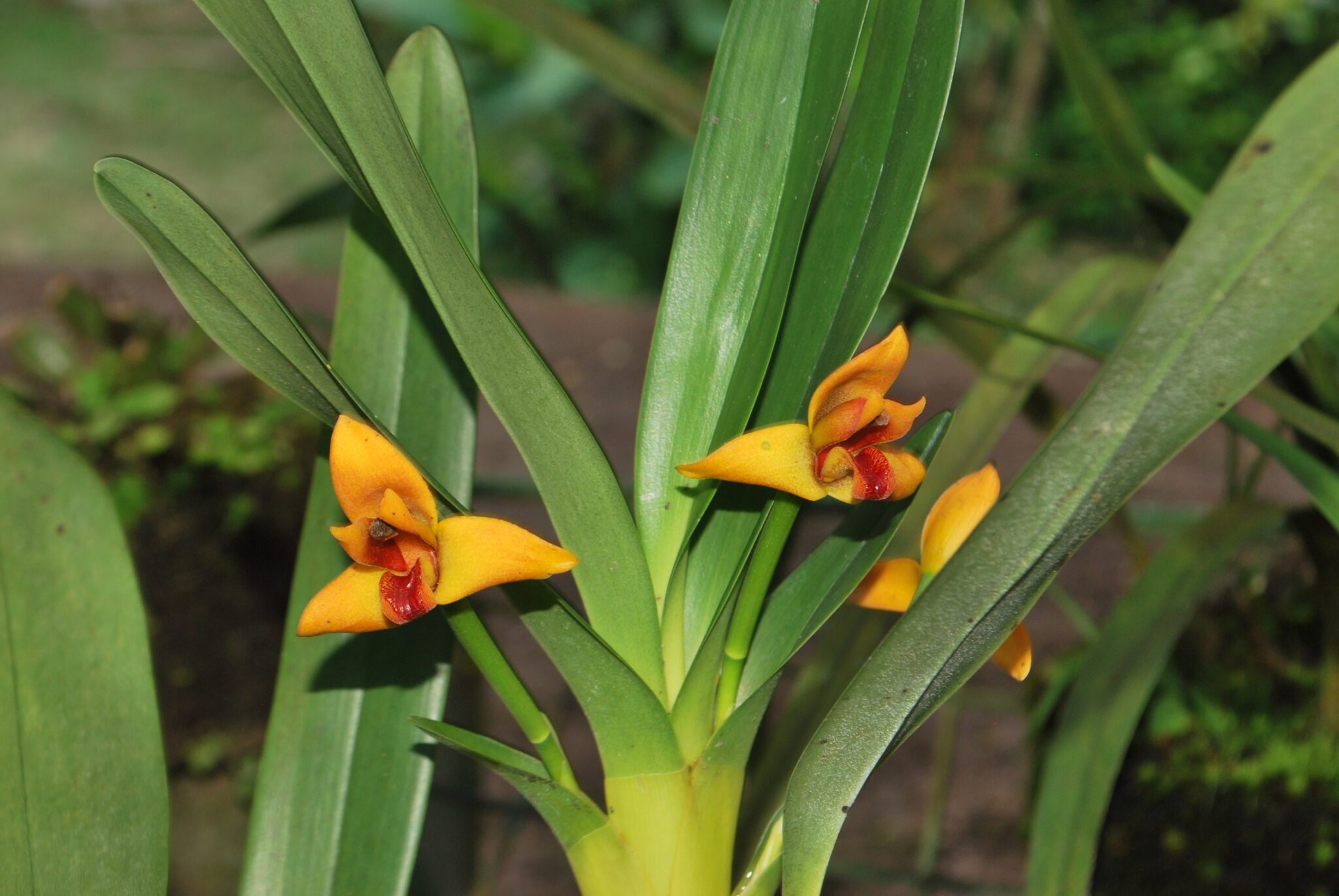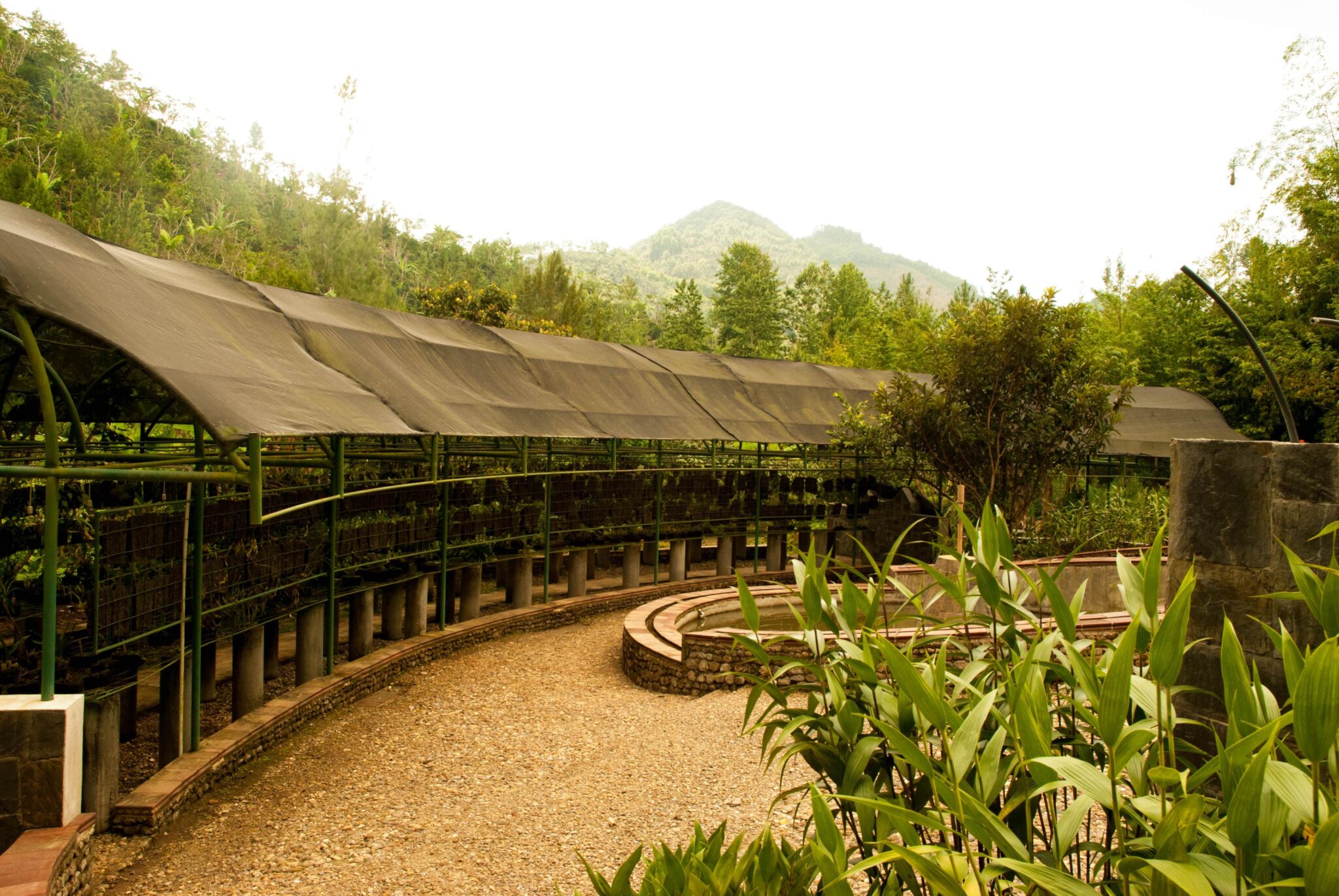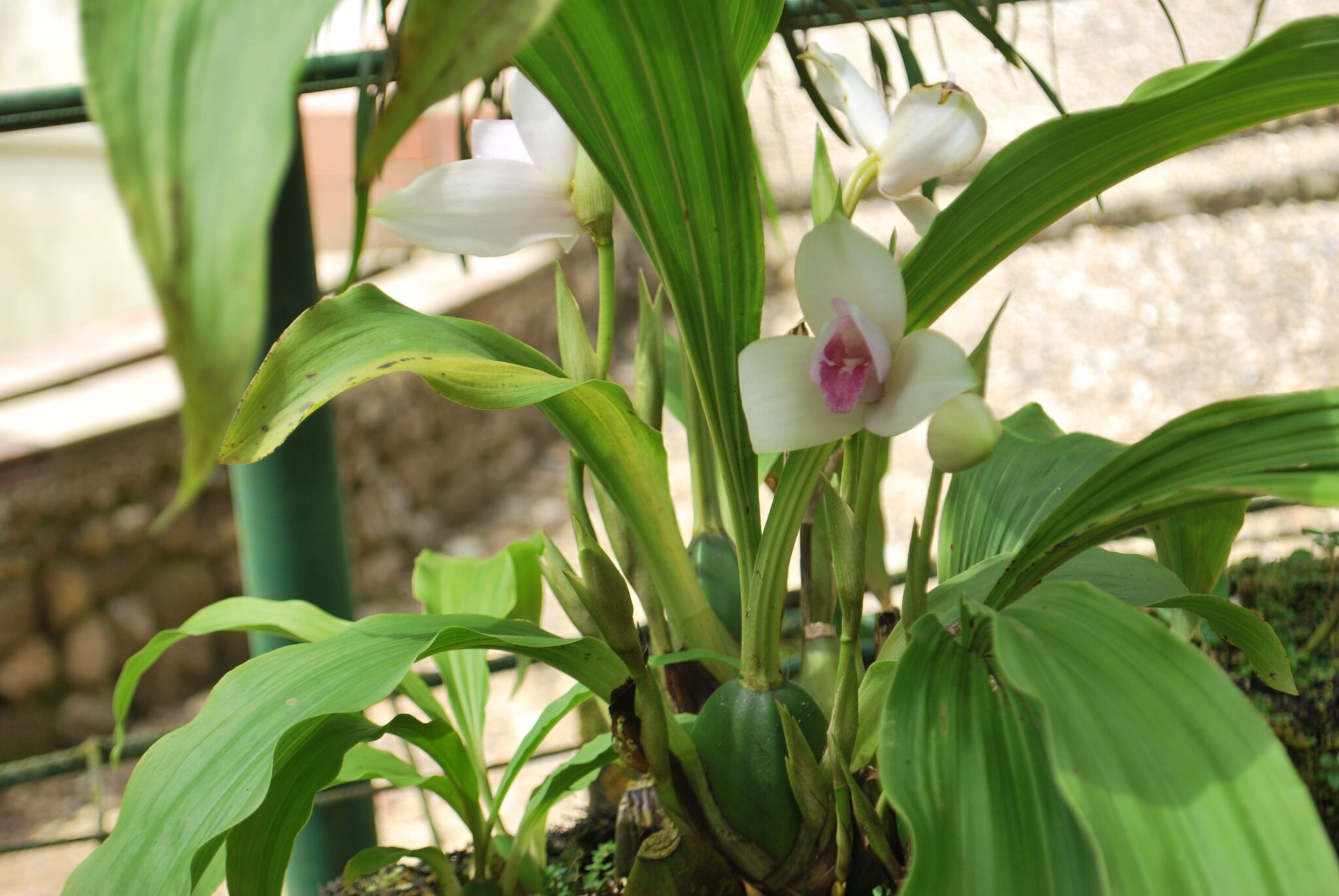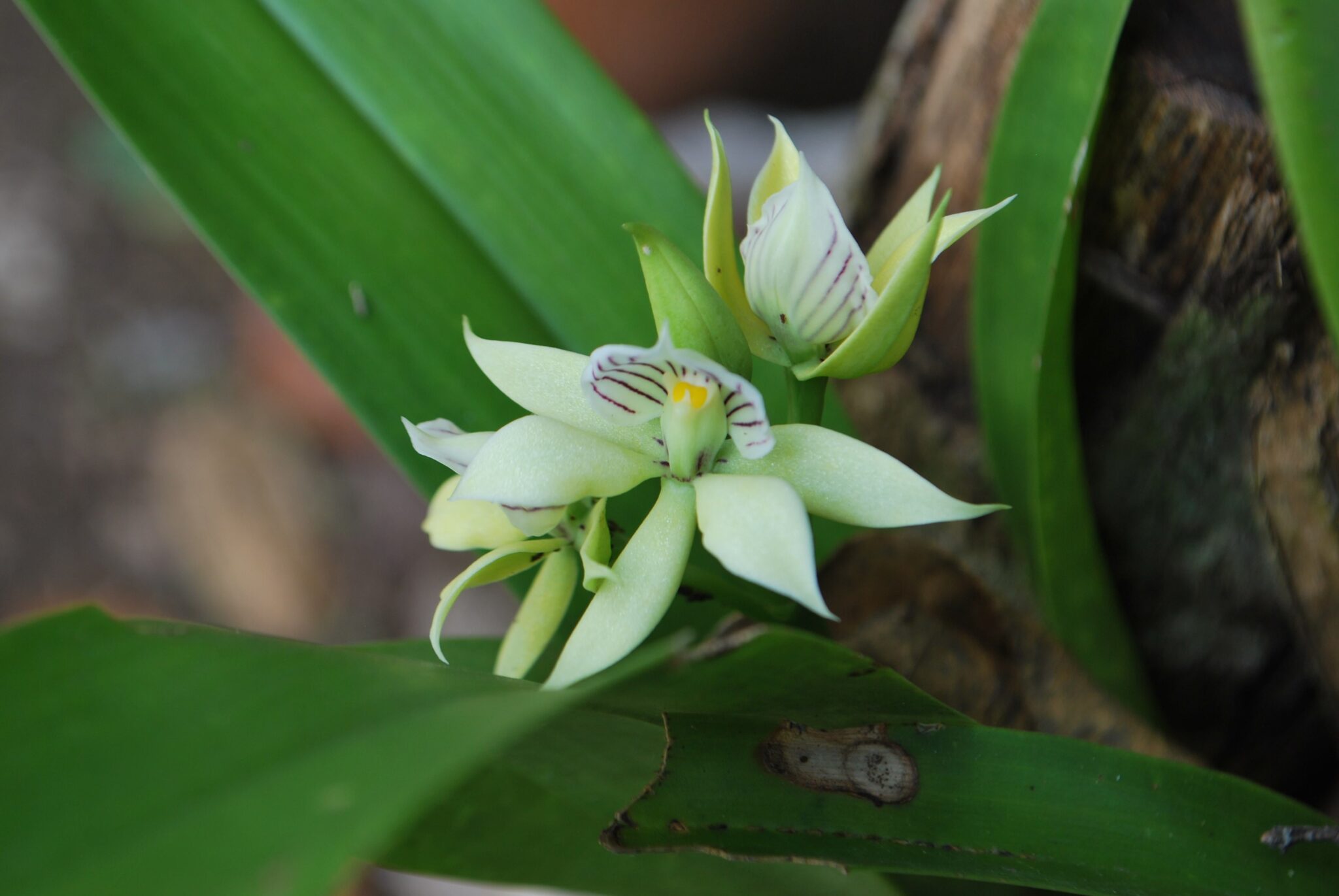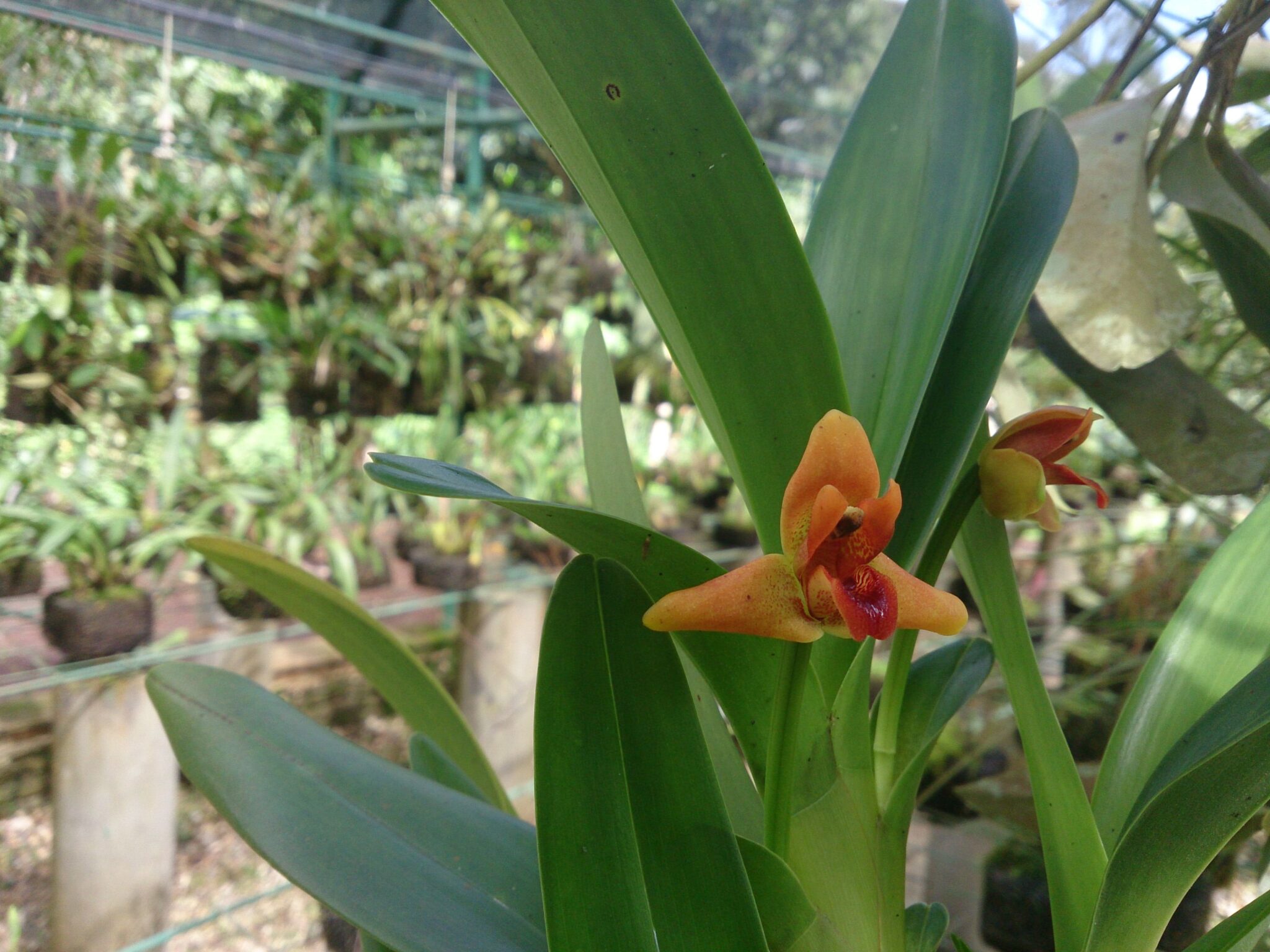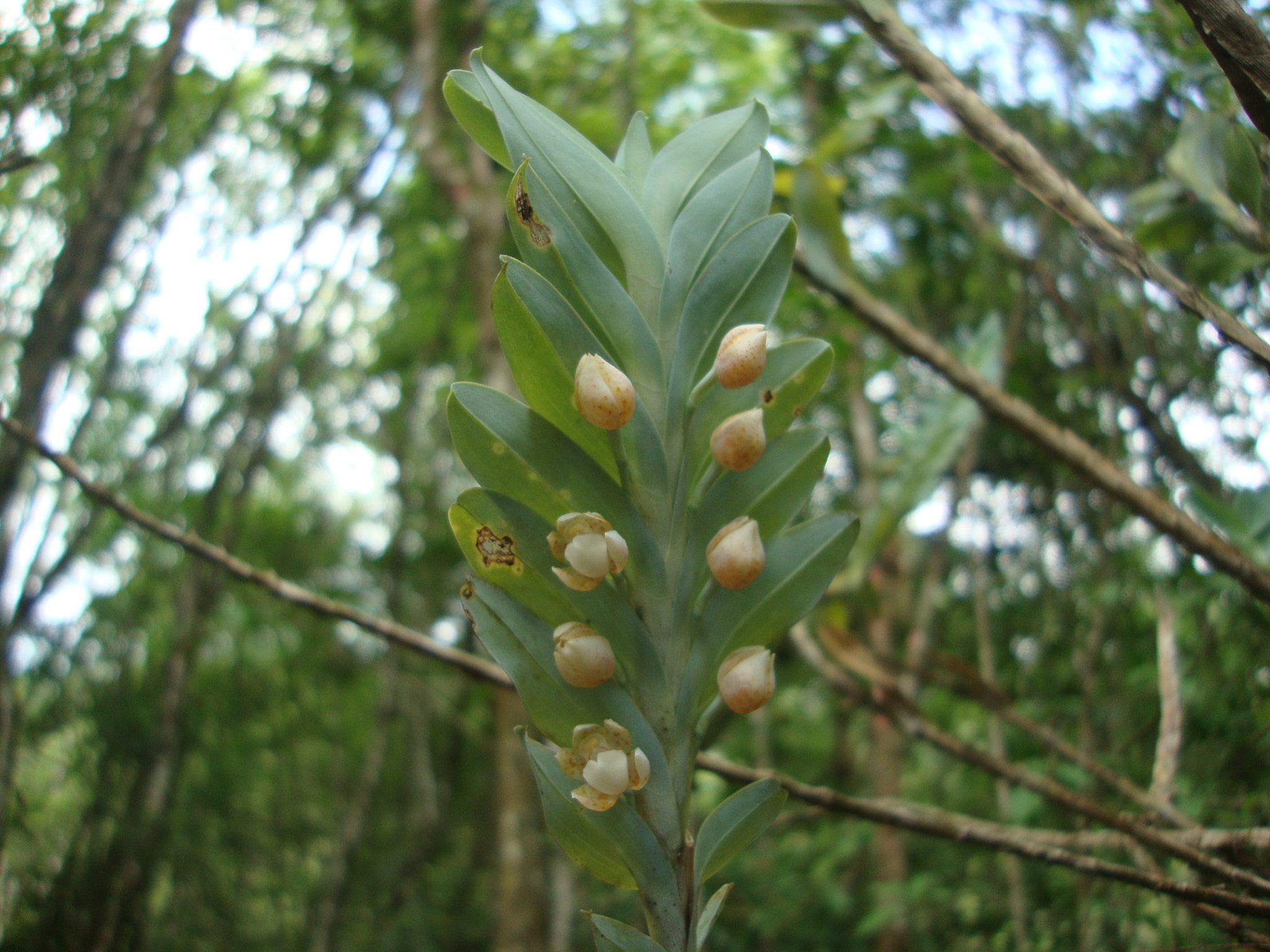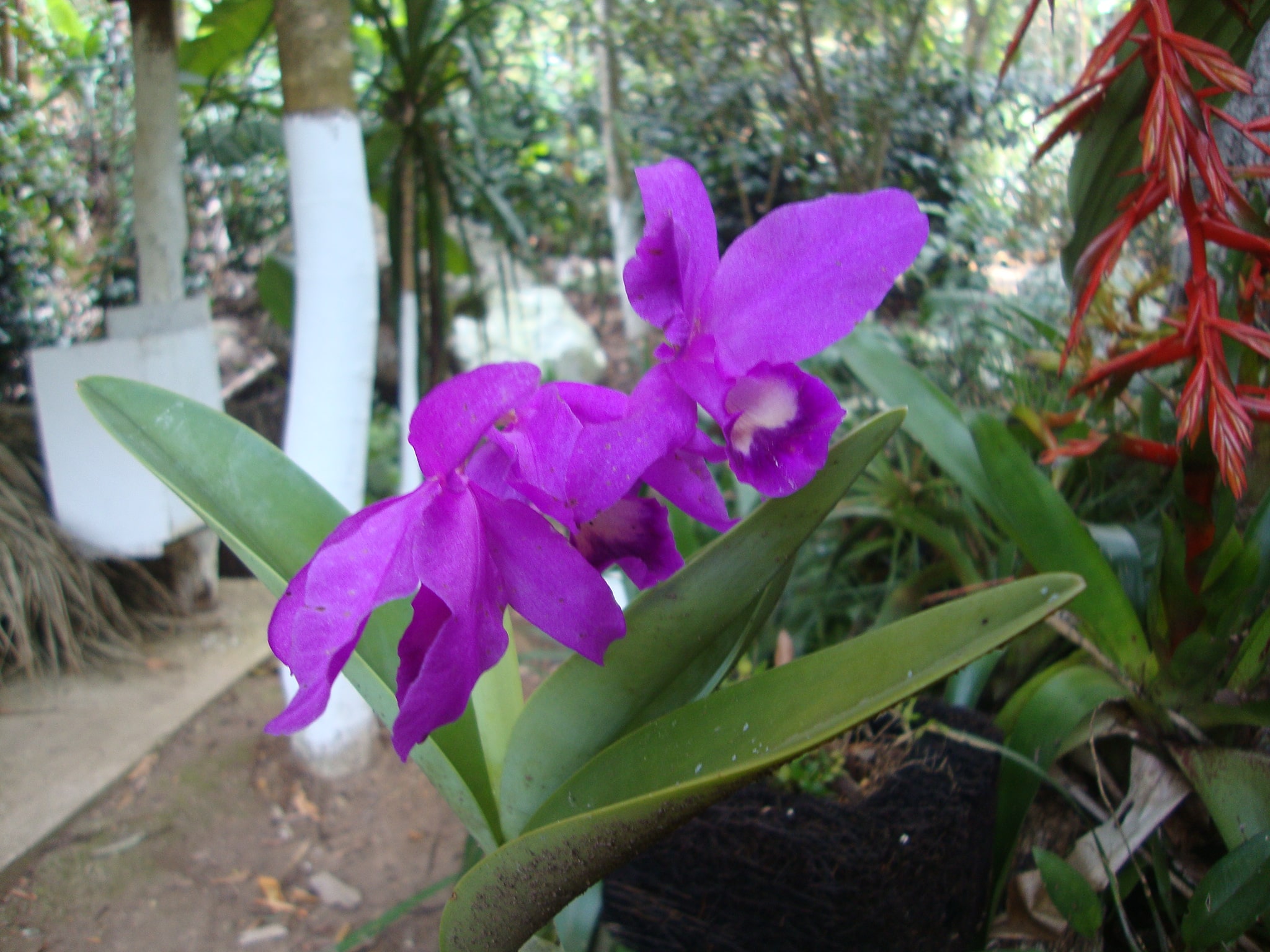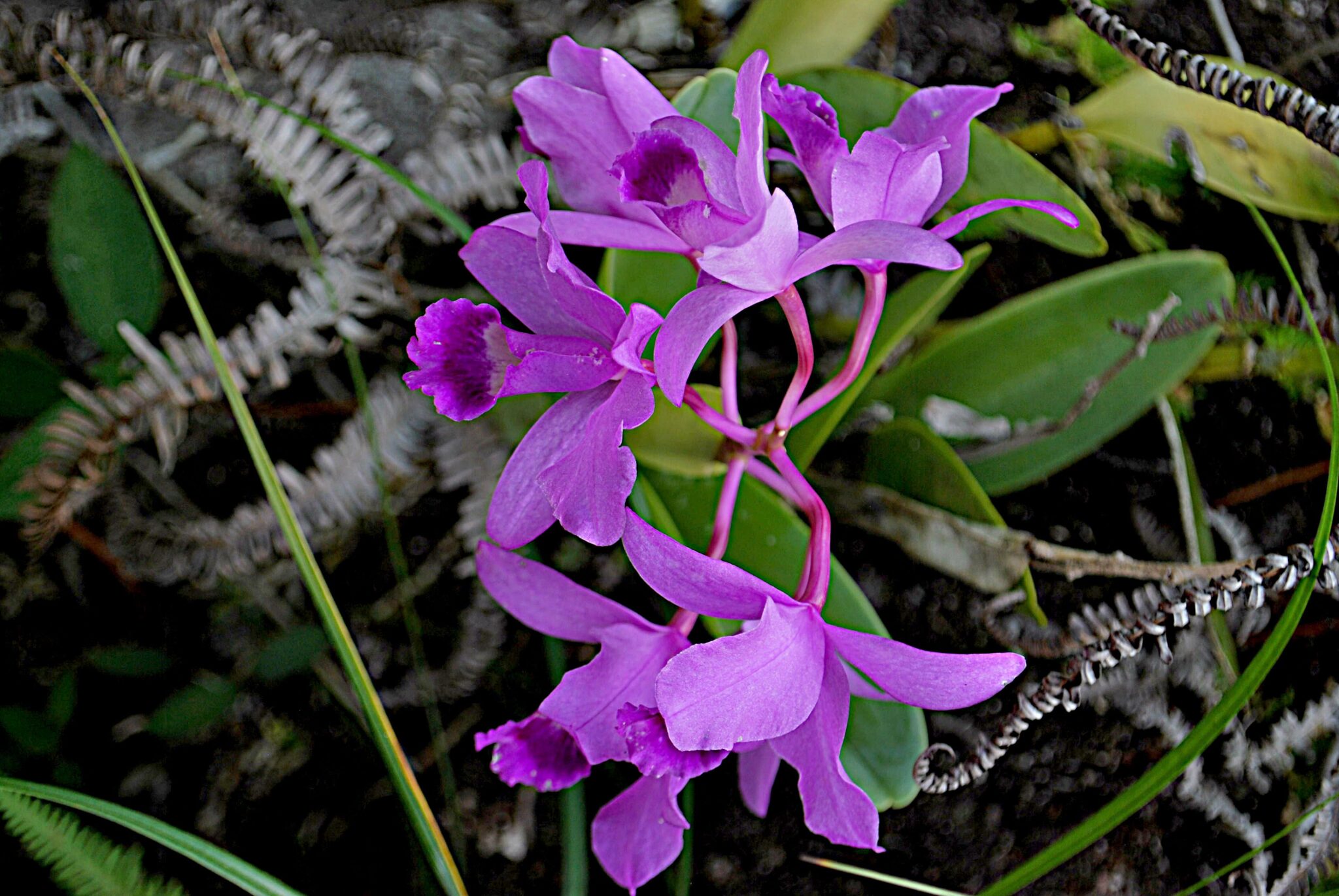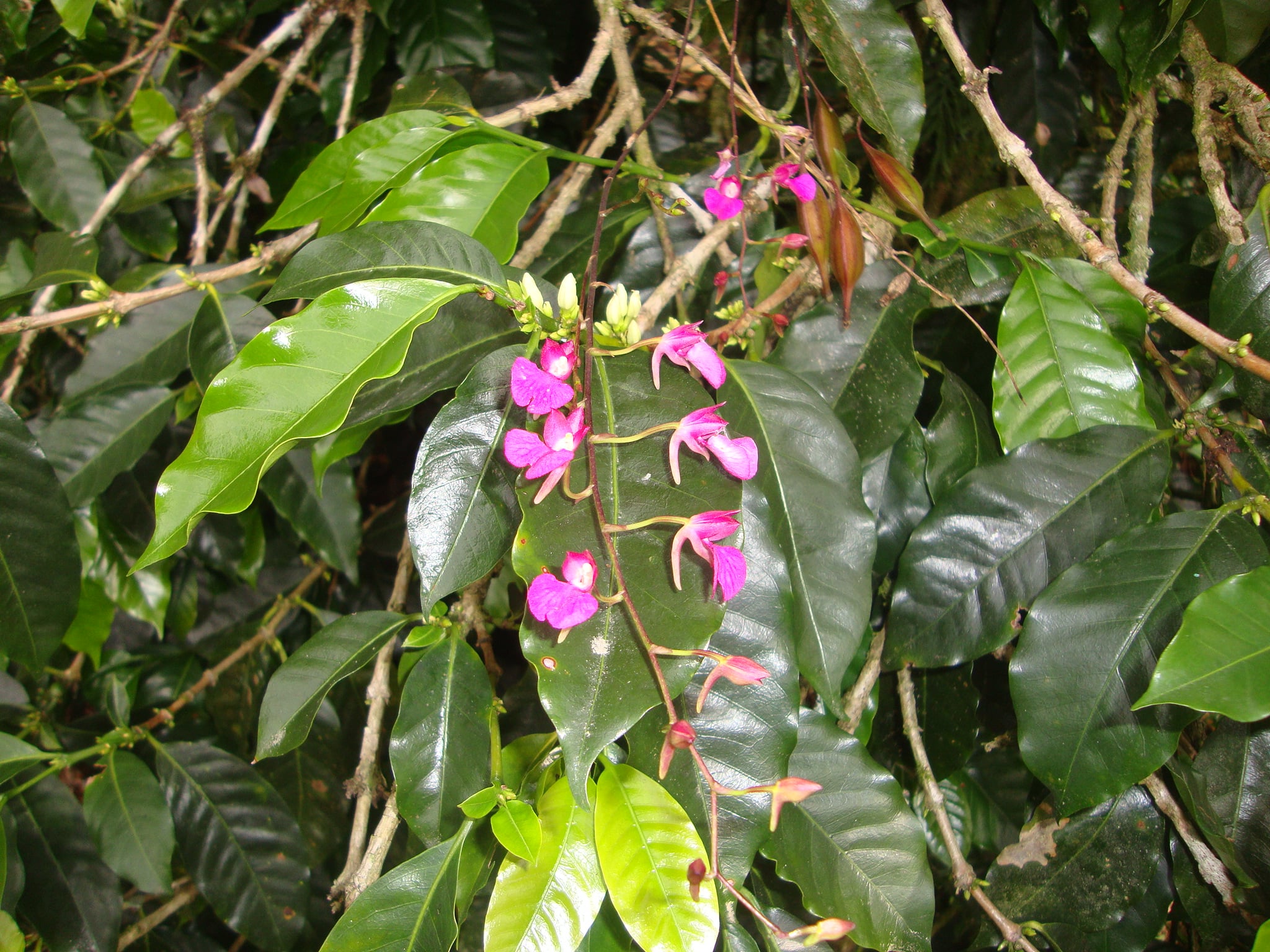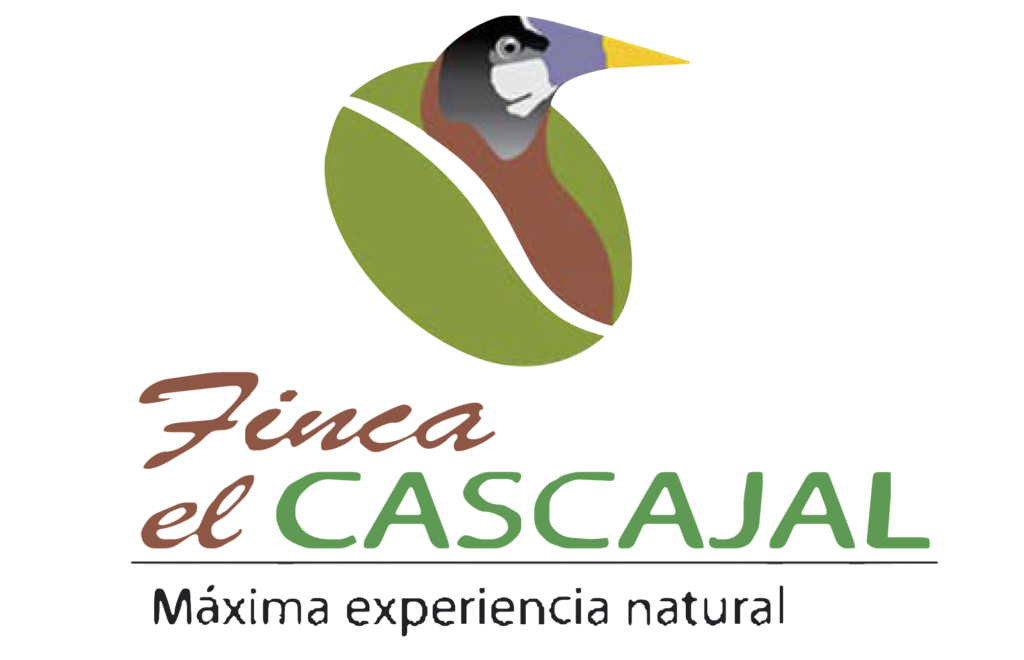Finca Cascajal
FOUNDATION AND LOCATION
Finca el Cascajal fue fundada en 1992 por Amadeo Palencia, hoy en día la finca produce 100,000 quintales de café maduro al año, nuestras siembras están a una altura de 1,200 a 1,600 metros sobre el mar.
Finca Cascajal is situated in San Nicolás village, within the municipality of Esquipulas, in the Chiquimula department of eastern Guatemala, Central America.
Finca Cascajal
FOUNDATION AND LOCATION
Finca el Cascajal fue fundada en 1992 por Amadeo Palencia, hoy en día la finca produce 100,000 quintales de café maduro al año, nuestras siembras están a una altura de 1,200 a 1,600 metros sobre el mar.
Finca Cascajal is situated in San Nicolás village, within the municipality of Esquipulas, in the Chiquimula department of eastern Guatemala, Central America.
A Rich Variety of Beans
We offer an exquisite selection of coffee varieties, including:
< Caturra
< Pacamara
< Anacafe 14
< Maragogype
< Catuaí
< Geisha
< Parainema
A Rich Variety of Beans
We offer an exquisite selection of coffee varieties, including:
< Caturra
< Pacamara
< Anacafe 14
< Maragogype
< Catuaí
< Geisha
< Parainema
The Caturra variety is a mutation of the Bourbon variety, discovered in Brazil in the early 20th century. It was introduced to the Chocolá farm in San Pablo Jocopilas, Suchitepéquez, in the 1940s, but its commercial adoption took place several years later. It is a low-growing plant, reaching an average height of 1.80 meters, with a thick main stem and short internodes. The angle of the young branches to the main stem is about 45 degrees, and its branching is characterized by short internodes and abundant secondary branches, giving the plant a compact appearance. The leaves are large, lanceolate, and broad, with a dark green color and slightly rough texture. They have wavy and slightly serrated edges, while the new leaves (buds) have a bright light green color. The Caturra variety has a slightly angular and compact shape, with good vegetative vigor.
This variety produces both red and yellow fruits, with red fruits being predominant in Guatemalan coffee cultivation. The beans are medium-sized (screen size 16), and they have a high production capacity. Under optimal conditions, they can reach an average yield of 45 quintals of parchment coffee per manzana (64 quintals per hectare). The fruits mature early and produce excellent quality cup characteristics. Caturra plantations require proper cultural management, especially regarding nutrition. It adapts well to different regions and altitudinal ranges within the coffee-growing areas, with the best adaptation occurring between 600 and 1,300 meters above sea level (1,970 to 4,270 feet). It shows tolerance to drought, wind, and sun exposure. There are other varieties with similar agronomic characteristics and adaptability that are also considered mutations of Bourbon, such as Pacas from El Salvador and Villa Sarchí from Costa Rica.Catuai is the result of the artificial crossbreeding of Mundo Novo and Caturra varieties, which took place in Brazil. Its introduction to the country occurred around 1970. It adapts very well to altitudinal ranges of 600 to 1,370 meters above sea level (1,970 to 4,500 feet) in the southern coast and 1,070 to 1,675 meters above sea level (3,500 to 5,500 feet) in the central, eastern, and northern regions of the country. Catuai is a low-growing variety, slightly taller than Caturra, with an average height of 2.25 meters. The lateral branches form a closed angle of 45 degrees with the main stem, and the internodes are short. The new leaves or buds have a light green color, while the mature leaves are round-shaped and dark green. It is a highly vigorous variety that develops significant lateral growth with secondary branches known as "palmillas." This variety produces both red and yellow fruits, with red fruits being predominant in Guatemalan coffee cultivation. The grain size is medium (screen size 16), and it has a high production capacity. Under optimal climate and soil conditions, it could yield up to 55 quintals of parchment coffee per manzana (79 quintals per hectare). It requires proper and timely management of various agronomic activities, especially regarding nutrition and rust control. The fruits mature late and do not easily detach from the peduncle, which is advantageous in areas where ripening coincides with periods of heavy rainfall. Catuai produces an excellent quality beverage.
This variety originated in the eastern region of Guatemala through a natural cross between Catimor T-5175 and Pacamara varieties. In 1984, the first offspring (F1) with outstanding characteristics was observed, and seeds from this plant were used to establish the initial plot that served as the foundation for the development of this variety. After several selection cycles spanning over 30 years, a plant with high vigor, high productivity, large grain size, resistance to rust, drought tolerance, and good cup quality was obtained. Anacafe 14 is a low-growing plant with green shoots that develop abundant secondary branches (ramifications). The fruits are elliptical and large (length 19.03 mm, width 15.98 mm). With good management practices, it can produce 45 to 55 quintals of dried parchment per manzana. For excellent cup quality, it is suggested to harvest the fruits when fully ripe (red wine stage). The region that gave rise to Anacafe 14 has the following characteristics: it is located at an altitude of 1,200 meters above sea level (3,950 feet), with sandy loam soils. The rainy season lasts for 7 months per year (from May to November) with 3 well-defined dry months (from February to April). The annual precipitation varies between 1,500 to 1,800 millimeters, and the temperature range is between 15 to 32 degrees Celsius (59 to 89.6 degrees Fahrenheit). It is an area with high sun exposure and a photoperiod of more than 6 hours of light during the dry season. Recent plantings of this variety have shown adaptation in the range of 600 to 1,600 meters above sea level (1,970 to 5,250 feet).
Pacamara is a variety obtained through the crossbreeding of Pacas and Maragogipe varieties in El Salvador. Its offspring combine the characteristics of Pacas, such as low height, short internodes, and good productivity, with the large-sized fruits and leaves of the Maragogipe variety. Another equivalent variety is Maracaturra, a natural cross between Caturra and Maragogipe that occurred in Nicaragua. Both varieties are best adapted to an altitude range of 1,000 to 1,500 meters above sea level (3,300 to 4,900 feet) with an annual precipitation of 2,000 to 3,000 millimeters. Pacamara plants are vigorous, with a low stature (2.20 meters), long lateral branches, and abundant secondary and tertiary branches in the lower and middle sections. The internodes of the vertical axis and branches are short. The leaves are large and lanceolate with smooth undulating edges, dark green in color, and the new shoots are green or bronze. It is susceptible to rust attack but has some tolerance to drought. There are variations in the size of the fruits and beans; however, most of the production consists of large, elongated fruits, like the fruits of the Maragogipe variety (screen size 17). They are red in color, and the cup quality is excellent, with a medium to late ripening period. Commercially, due to its bean size and cup quality, Pacamara has a demand in specialty coffee markets, and its quality is recognized with a higher price. It also exhibits segregation in plant height in the next generation. Under suitable conditions and with good maintenance, this variety can produce up to 50 quintals of dried parchment per manzana (71 quintals per hectare).
Geisha is a tall-statured variety that originated in Geisha, Ethiopia. The seeds of this variety first arrived in Kenya (1936) and later in Tanganyika (now Tanzania), and eventually made their way to Costa Rica. The Geisha cultivar was introduced to the coffee introduction garden of the Inter-American Institute for Agricultural Sciences (IICA) on July 28, 1953, originating from Tanganyika (Tanzania). It was identified with the introduction number Turrialba T2722, for the purpose of evaluating its resistance to orange rust (Hemileia vastatrix Berk et Br.) and concluded that it possesses resistance to certain genes of Race II, which are widely distributed and virulent in the Americas.
In the mid-1960s, this cultivar was introduced to Central American countries, primarily for research purposes in controlling orange rust. However, due to its lower productivity compared to small-statured cultivars like Caturra and Catuaí, as well as the prospects presented by the Catimor varieties for rust resistance, the Geisha gradually ceased to be cultivated, with only a few remaining patches. The interest in promoting and planting the Geisha T.2722 variety also
disappeared when the priority shifted to developing coffee cultivars with resistance to orange rust, with the establishment of PROMECAFÉ in 1978. This marked the beginning of introducing germplasm with rust resistance and the creation of a Regional Coffee Genetic Improvement Program, which included the development of new hybrids with support from USAID/ROCAP in 1982.
In Guatemala, coffee farmers who cultivate the Geisha variety have access to special markets due to its excellent cupping characteristics. Despite being a low-yielding variety, they continue to expand its cultivation area and select seeds from the best plants for propagation. This activity is particularly observed in the coffee region of Acatenango, Chimaltenango. The Geisha plant exhibits the following characteristics:
- It possesses some resistance to coffee leaf rust.
- It has a tall stature (over 3 meters), with the upper branches forming a 45-degree angle in relation to the main axis, and the middle and lower branches forming a 60-degree angle.
- The leaves are lanceolate and narrow (similar to Bourbon), with a slightly intense green color.
- New shoots are green in color.
- It has open internodes and low production. With proper nutrition and agronomic management, it can produce up to 75 quintals of ripe coffee per manzana (a unit of land area).
- The fruits are red and ripen late (similar to Catuaí).
- It thrives better in colder climates, above 1,400 meters above sea level.
- It produces medium to large-sized, elongated beans.
- The outstanding characteristic of Geisha is its ability to produce an excellent quality cup of coffee, which is highly sought after in specialty markets.
Observations:
For varieties that have low production due to long internodes and few fruits at each node but are of interest to coffee farmers due to their cupping quality and special market demand, it is suggested to cultivate them with increased foliar area to boost their production. The following alternatives can be implemented:
- Early apical pruning (topping) at the nursery level to encourage each plant to produce two stems.
- Planting two seedlings per nursery bag.
- Planting two plants per hole (two hills).
- Performing stress-inducing techniques after planting to select two or more stems that emerge from the stressed main stem.
This variety originated from the progeny of Sarchimor T-5296 in coffee farms in Nicaragua (La Marsellesa, La cumplida and Los Compadres). It originates from the crossing of the Villa Sarchí 971/10 variety and the Timor Hybrid CIFC 832/2, created in 1959 by the CIFC, Oeiras, Portugal. The following generations were evaluated in Brazil and later eliminated by CATIE in Central America. In 1991, the lines T-18139, T18140, T-18138, T-18141, T-18137 were discarded in Nicaragua so that the selection for the development of c. Marseillaise Fruiting Var. Cuscatleco Var. Marseillaise (new planting) 20 the variety. In this selection, the direction of CIRAD - ECOM (Center for Cooperation in Agronomic Research for Development - Exportadora Atlantic S.A.) was directed. After several generational selections to obtain plants with stable agronomic characteristics, in 2009 a guaranteed seed provision was made under the name of the Marseillaise variety. It is an early variety, under normal conditions it begins to produce 18 months after planting. The bandolas are long (more than 1 meter), with good emission of secondary branches (palms) in the lower bandolas, with large, leathery leaves and a green terminal bud. High productivity plant, short internodes, with an average production of 45 quintals of dry parchment per apple (64 quintals of dry parchment per hectare). It is of medium size, so it is suggested to open sowing distance between plants (more than one meter) and maintain the 2 meter distance between rows. The size of the ripe fruit of the Marsellesa variety is larger than that of the Caturra variety; but, it is smaller than that of other selected Sarchimores in other coffee-growing countries of America. According to evaluations, it presents the following measures:
Marsellesa: Height 14.8 millimeters, length 14.5 millimeters, width 13.4 millimeters.
Caturra: Height 14.3 millimeters, length 13.9 millimeters, width 13.2 millimeters.
Var. Marsellesa 21 Produces less than 4% of vain fruits. Over 80% of the grains are of medium size (screen 16). The cup quality manifests itself with a fruity and floral aroma, higher acidity than the Caturra variety and body similar to that of the Caturra variety. In studies carried out in 6 different locations in Nicaragua, from 710 to 1,230 meters above sea level (2,330 to 4,040 feet above sea level): Matagalpa, Boaco, Jinotega, Jinotega, El Cua, Nueva Segovia, obtaining the average value of 81.3 points in cup sensory analysis, scale of the Specialty Coffee Association of America (SCAA). It is resistant to rust (Hemileia vastatrix) and to nematodes of the genus Meloidogyne; but, it is susceptible to the ojo de gallo (Mycena citricolor) in conditions of excessive shade and altitudes greater than 1,200 meters (3,940 feet) in Nicaragua.
In the 1980s, Anacafé established validation plots with plants from the progeny of Catimor T-5269 in coffee farms in the southwestern coffee region of Guatemala, aiming to develop a variety with stable characteristics. It was observed that Catimor exhibited good adaptability at low and medium altitudes, high productivity, and a standard cup quality (very good). The plant has a low, compact stature similar to the Caturra variety, with green and bronze-colored shoots. Nowadays, there are coffee farms that have planted plots with this Catimor variety.
This variety was developed in Brazil through a cross between the Villa Sarchí cultivar and the Timor hybrid (CIFC 832/2), conducted by CIFC, Oeiras, Portugal, in 1967. From this cross, the H 361/4 (F1) was obtained. In 1971, the descendants of H 361/4 (F2) were introduced to Brazil for further evaluation by the Agronomic Institute of Campinas (IAC). The F2 plants were crossed with the red-fruited Catuaí variety to improve productivity and resistance to rust, resulting in the development of the Obatá variety. The cutting point was reached with the sixth descent (F6), which gave rise to the Obatá IAC 1629-20 variety. It was registered in the National Register of Plant Varieties (RNC) in 1999, and its official release was carried out by IAC in the year 2000. Obatá exhibits high resistance to rust, has a low stature with vigorous growth, short internodes, large leaves with slightly wavy edges, and green shoots. It has a high capacity to produce secondary branches and bears large, oblong-shaped red fruits that ripen late. The height and canopy diameter dimensions are similar to the Catuaí variety. The beans are large, with an average size of sieve 17. The cup quality is very good. In evaluations conducted in Brazil (Heron, SP), it achieved an average productivity of 35 quintals of dry parchment per acre over six years. Plants of this variety are susceptible to infestation by plant-parasitic nematodes. Due to its high vigor and good development, it requires proper nutrition and spacing (over 1 meter) between plants to express its genetic potential.
This variety originated in Honduras through the Honduran Coffee Institute (IHCAFÉ). It is the result of a cross between the Villa Sarchí 971/10 variety and the Timor Hybrid CIFC 832/2, carried out in 1959 at the Coffee Rust Research Center (CIFC), Oeiras, Portugal, where it was designated as CIFC H 361. This cross aimed to transfer resistance genes for rust and nematodes to the Villa Sarchí variety. Starting in 1979, with the collaboration of the Regional Cooperative Program for Technological Development and Modernization of Coffee Production in Central America, the Dominican Republic, Jamaica, and Panama (PROMECAFÉ), the Honduran Coffee Institute (IHCAFÉ) introduced the progeny (F2) T-5296 (IHC 166). From this progeny, the lines T-5296-170 and T-5296-184 were selected, with the latter standing out for its large beans, good productivity, rust resistance, and nematode resistance, allowing the selection of several lines from the fifth descent (F5). In 1995, comparative studies on productivity, adaptability, and agronomic behavior of the Sarchimor T-5269-184 line (var. Parainema) were conducted through established plots in different departments of Honduras, such as El Paraíso, Santa Bárbara, Cortés, Olancho, Marcala, and Comayagua, which encompass a wide range of environments and soils, with altitudes ranging from 850 to 1,440 meters above sea level (2,790 to 4,725 feet above sea level). The average productivity obtained was 48.3 quintals of dry parchment coffee per acre. Additionally, this variety showed resistance to Meloidogyne exigua nematode infestation under field conditions in the Las Lima, Alauca, El Paraíso area. The plants have abundant foliage, good vegetative vigor, and respond well to tissue management. They have a low stature, with a well-developed conical canopy. The fruits are large, red in color, with green shoots. Parainema variety exhibits low percentage of empty fruits (4.2%) and resistance to rust, but susceptibility to iron spot (Cercospora coffeicola) and brown eye spot (Mycena citricolor).
This variety is a mutation of Típica, discovered in Brazil in 1870. It has a tall stature, taller than Típica and Bourbon plants, with lateral branches forming a 75-degree angle with the main axis and minimal secondary branching. The lanceolate leaves are wider near the base, with an acuminate apex and undulating coriaceous lamina that tends to curl downward. The new leaves or shoots are long, pointed, and bronzed. The fruits are elongated, large, red in color, with a prominent disk (raised belly) and well-developed. The production is low, but it compensates with highly appreciated cup quality in specialty markets, although it is susceptible to rust. It adapts better to medium to high altitudes, ranging from 1,300 to 1,800 meters above sea level (4,270 to 5,900 feet above sea level).

Coffee Producer
Finca el Cascajal

Region
Nuevo Oriente

Harvest
November - March

Altitude
1200 – 1600 msnm

Soil
Volcanic Loam

Processing
Fully washed and sun-dried

Certification
Conventional
CONSERVATION AREA
El área cuenta 1,000 manzanas de bosque húmedo subtropical templado y bosque húmedo subtropical frío, de las cuales 825 manzanas son siembras de café. Además, se encuentra ubicada a una altura promedio de 1,200 a 1,600 metros sobre el nivel del mar con precipitación pluvial de 1,800 milímetros anuales y una temperatura promedio de 22 grados centígrados.
El Cascajal Estate not only produces coffee but also contributes to environmental conservation. The farm has implemented a reforestation project since 2013, planting 10,000 trees every year.
PLANTS AND FORESTS

OROPÉNDOLA:
THE INSIGNIA BIRD OF EL CASCAJAL ESTATE
During a study conducted for the 4C certification, the oropendola, a migratory bird, was discovered on the farm, making it the emblematic bird of El Cascajal Farm. This colorful bird arrives in February and migrates in June. Throughout these months, this beautiful species can be spotted throughout the farm, especially in the higher altitude areas.
What sets the oropendola apart from other birds is its unique nest-building behavior. They construct their nests by hanging them from the most delicate branches of a tree. During the mentioned season, it's not uncommon to find trees adorned with up to 16 nests, showcasing the distinctive craftsmanship of these birds.
ORCHIDARIUM
At El Cascajal Farm, there are 112 species of orchids, including the Ornithocepahalus Cascajalense Archila orchid, which is unique to Central America. This extraordinary orchid was discovered in 2011 by the botanist Fredy Archila Morales.



